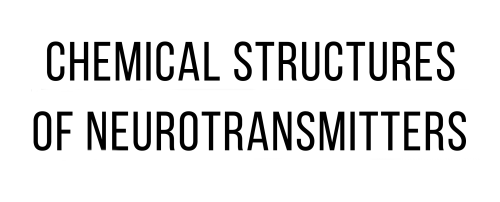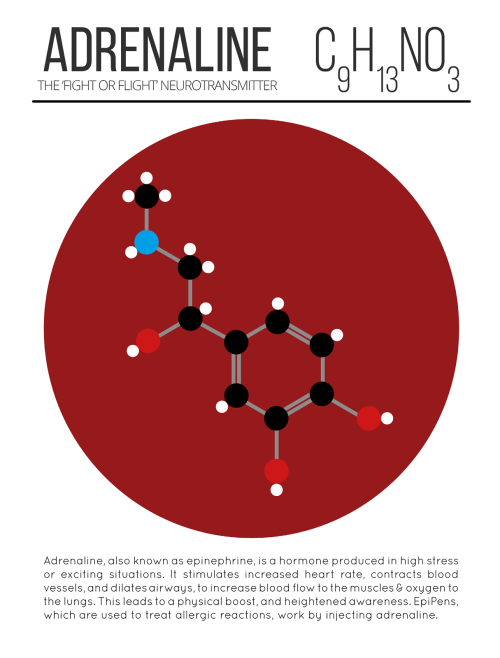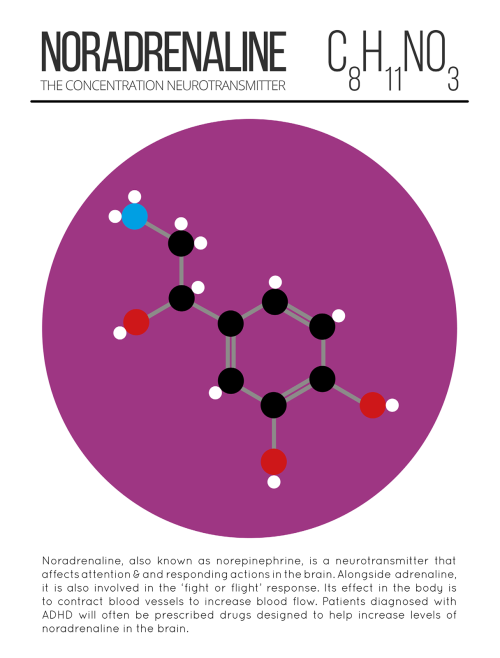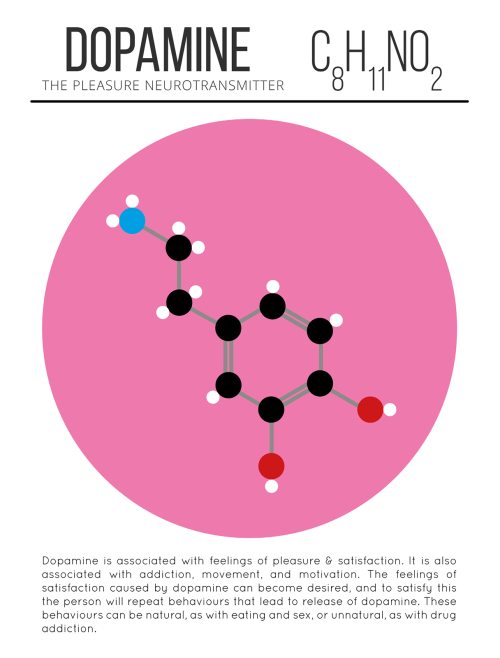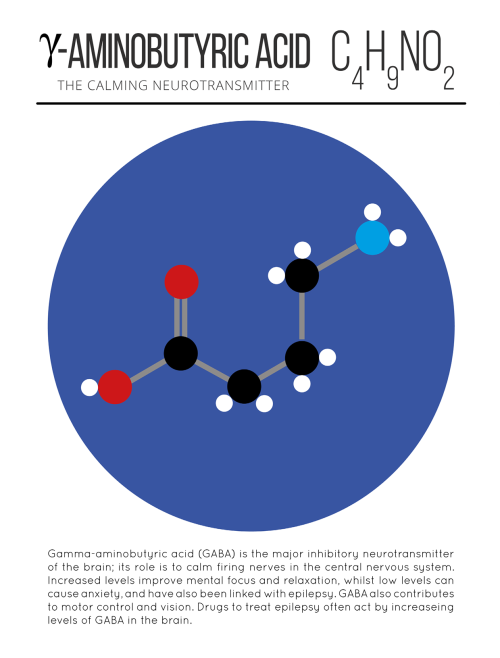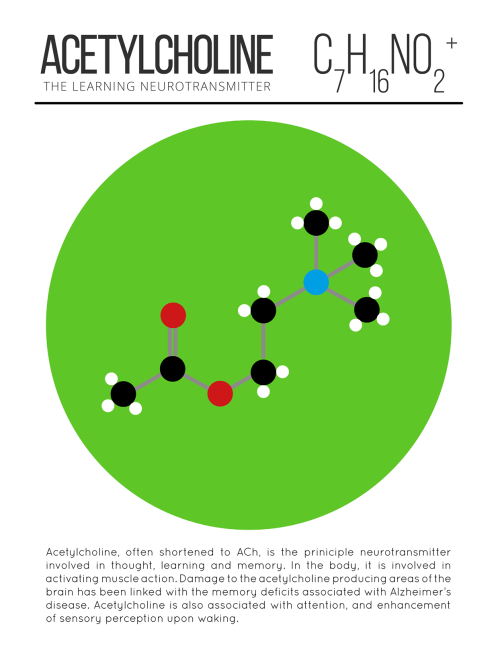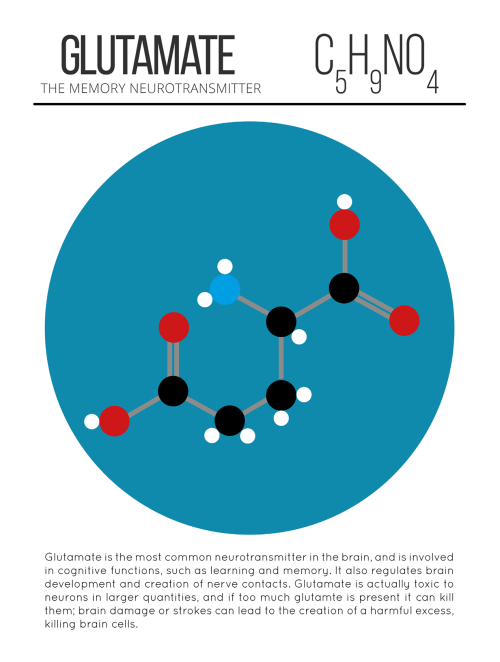WATCH: Incredible Fungi Timelapse From Planet Earth II [video]
![WATCH: Incredible Fungi Timelapse From Planet Earth II [video]](https://64.media.tumblr.com/da995f5e13d64bab1262f9efd49d69f2/tumblr_oh2ci4oZoL1rte5gyo2_500.gif)
![WATCH: Incredible Fungi Timelapse From Planet Earth II [video]](https://64.media.tumblr.com/b511562c4c19db5ce249bf06e82aae53/tumblr_oh2ci4oZoL1rte5gyo1_r1_500.gif)
![WATCH: Incredible Fungi Timelapse From Planet Earth II [video]](https://64.media.tumblr.com/abc239b018423d75f925946061026028/tumblr_oh2ci4oZoL1rte5gyo4_500.gif)
![WATCH: Incredible Fungi Timelapse From Planet Earth II [video]](https://64.media.tumblr.com/6f861ea2c819adce87159946608aab7a/tumblr_oh2ci4oZoL1rte5gyo3_500.gif)
WATCH: Incredible Fungi Timelapse from Planet Earth II [video]
More Posts from Contradictiontonature and Others

For #WorldBeeDay, here’s a look at the chemistry behind the honey some bees produce: https://ift.tt/2GV5qtq https://ift.tt/2LJpsIe

The multiverse might not be madness after all.
Alternate realities, parallel dimensions, and multiple universes. Whatever you call it, the notion of other versions of existence is one of the most popular tropes in science fiction. In some other universe, you’re not reading this sentence but skydiving. In another, you’re nothing but a cockroach. In yet another, not only is life impossible, but atoms don’t even exist.
In recent years, though, such seemingly crazy ideas have shifted from fantasy and speculation toward bona fide science. Even among physicists, the multiverse has gone mainstream.
Theoretically, infinite universes might stretch beyond our own, like endless bubbles in a sea of boiling water. Each bubble has its own laws of physics, and although we may never visit or even see another bubble, some physicists say growing evidence is making the multiverse increasingly plausible—and even probable. Learn more here.

Swarms of magnetic bacteria could be used to deliver drugs to tumors
Researchers funded in part by the National Institute of Biomedical Imaging and Bioengineering (NIBIB) have recently shown that magnetic bacteria are a promising vehicle for more efficiently delivering tumor-fighting drugs. They reported their results in the August 2016 issue of Nature Nanotechnology.
Ouajdi Felfoul, Mahmood Mohammadi, Samira Taherkhani, Dominic de Lanauze, Yong Zhong Xu, Dumitru Loghin, Sherief Essa, Sylwia Jancik, Daniel Houle, Michel Lafleur, Louis Gaboury, Maryam Tabrizian, Neila Kaou, Michael Atkin, Té Vuong, Gerald Batist, Nicole Beauchemin, Danuta Radzioch, Sylvain Martel. Magneto-aerotactic bacteria deliver drug-containing nanoliposomes to tumour hypoxic regions. Nature Nanotechnology, 2016; DOI: 10.1038/nnano.2016.137
Illustration showing magnetic bacteria delivering drugs to a tumor. Credit: NanoRobotics Laboratory, Polytechnique Montreal


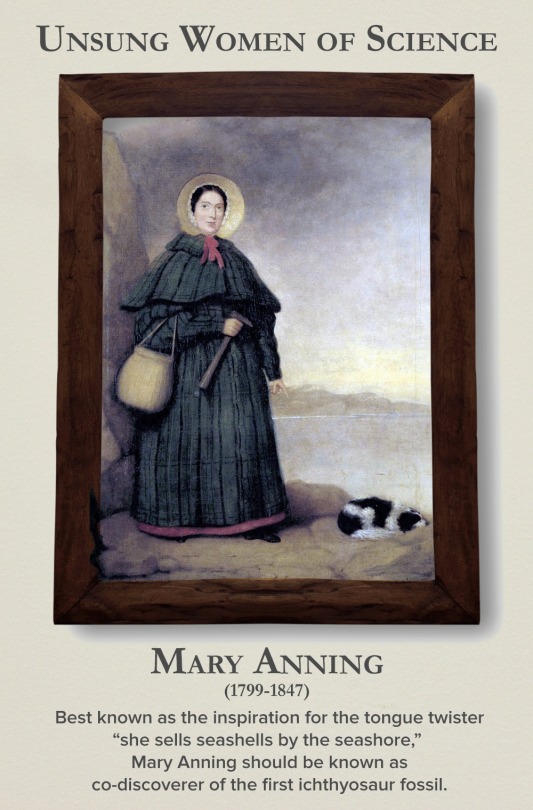

Today is the International Day of Women and Girls in Science, so let’s write women back into science history. Check out the gallery here.



This illustrator’s new book is a clever introduction to women scientists through history.
During a dinnertime discussion two years ago, illustrator Rachel Ignotofsky and her friend started chewing on the subject of what’s become a meaty conversation in America: women’s representation in STEM fields.
Ignotofsky, who lives in Kansas City, Missouri, lamented that kids don’t seem to hear much about women scientists. “I just kept saying over and over and over again that we’re not taught the stories of these women when we’re in school,” she recalls. Eventually, it dawned on her: “I was saying it enough that I was like, you know, I’m just talking a lot about this; I should draw some of the women in science that I feel really excited about.”
Learn more here.
[Reprinted with permission from Women in Science Copyright ©2016 by Rachel Ignotofsky. Published by Ten Speed Press, an imprint of Penguin Random House LLC.]
Thyroid function tests

Standard Tests
TSH levels
Free T4 (fT4) levels
Measurements of total T4 + T3 used to be common however detects both bound and free T3 + T4
Elevated total T4 may occur in healthy individuals if there is an increase in binding protein concentrations
Reliable tests now exist for free T4 + T3
T3 = 3.9-6.7 pmol/L
T4 = 12-22 pmol/L
Thyroid-stimulating hormone
Produced by the pituitary gland, not the thyroid, however:
TSH levels are controlled by negative feedback – can be indication of thyroid function (changes in T3+T4 will result in changes in TSH to try compesate)
TSH levels greatly elevated in hypothyroidism – >10 fold increase over reference values
More sensitive marker than decreased fT4 - increased TSH occurs before fT4 decreases
TSH levels greatly supressed in hyperthyroidism
Low concentrations can also occur in non-thyroidal illness
TSH measurement is the first-line test of thyroid function.
Free T4 + T3 Measurements
Desirable as free hormone is clinically relevant
Total levels can change under conditions that alter thyroxine-binding globulin (TBG) levels e.g. pregnancy
Large changes in TBG may still affect fT4 + fT3 levels
fT3 levels often normal in hypothyroidism
fT3 levels usually raised more than fT4 levels in hyperthyroidism
Unless complicated by an illness effecting conversion of T4 to T3
Therefore: – fT4 levels are a better indication of hypothyroidism
fT3 levels are a better indication of hyperthyroidism

Phenyllithium or lithobenzene is an organometallic agent with the empirical formula C6H5Li. Crystalline phenyllithium is colorless; however, solutions of phenyllithium are various shades of brown or red depending on the solvent. It is a highly air and moisture sensitive compound, that could be easily decomposed by any protic solvent.

In this case it was a byproduct of a synthesis of an organophosphorous compound and it was only present in a LOW concentration, therefore it was safe to decompose it by simply adding cold water. It’s important to note that it could be dangerous to decompose organometallic compounds by simply adding water. Also, in this case, the highly toxic BENZENE was the product of this reaction, what should be handled with care.
![WATCH: A Macro Timelapse Highlights The Micro Movements Of Spectacularly Colored Coral [video]](https://64.media.tumblr.com/388d126ab9a2d79f43a48c5a471a8b04/tumblr_oe9ygtrlyC1rte5gyo1_500.gif)
![WATCH: A Macro Timelapse Highlights The Micro Movements Of Spectacularly Colored Coral [video]](https://64.media.tumblr.com/77e046f99827b0fc313ab78d09892238/tumblr_oe9ygtrlyC1rte5gyo3_500.gif)
![WATCH: A Macro Timelapse Highlights The Micro Movements Of Spectacularly Colored Coral [video]](https://64.media.tumblr.com/3e50c743bab7ce56ef32f28c9ac9e0d7/tumblr_oe9ygtrlyC1rte5gyo2_500.gif)
![WATCH: A Macro Timelapse Highlights The Micro Movements Of Spectacularly Colored Coral [video]](https://64.media.tumblr.com/787e51d05551b5d9503035887bb0246a/tumblr_oe9ygtrlyC1rte5gyo4_500.gif)
WATCH: A Macro Timelapse Highlights the Micro Movements of Spectacularly Colored Coral [video]
Liver Circulation - Flashcard

The liver is supplied with blood by the hepatic artery and the hepatic portal vein
branches of the hepatic artery and the hepatic portal vein distribute blood to the periphery of the liver lobules.
Blood passes along sinusoids, which are lined by hepatocytes, which perform numerous metabolic and synthetic functions.
The processed blood passes into branches of the hepatic vein in the centre of each lobule, and eventually drains into the hepatic vein.
The biliary system is independent of the vascular system and bile moves in the opposite direction to the blood.
Initially it is collected in bile ductules which are surrounded by collagenous tissue, which forms part of the collagenous trabecular septum.
The bile is collected by increasingly large trabecular ducts, which fuse to form intrahepatic ducts which finally drain into the main hepatic ducts.

-
 arcadequeerz liked this · 3 months ago
arcadequeerz liked this · 3 months ago -
 skullumio reblogged this · 4 months ago
skullumio reblogged this · 4 months ago -
 yes-brandeebleueaurelie liked this · 6 months ago
yes-brandeebleueaurelie liked this · 6 months ago -
 scaredykrow liked this · 7 months ago
scaredykrow liked this · 7 months ago -
 malicejane-in-wonderland liked this · 7 months ago
malicejane-in-wonderland liked this · 7 months ago -
 frogman-inator2000 reblogged this · 7 months ago
frogman-inator2000 reblogged this · 7 months ago -
 frogman-inator2000 liked this · 7 months ago
frogman-inator2000 liked this · 7 months ago -
 thespacebird reblogged this · 7 months ago
thespacebird reblogged this · 7 months ago -
 lights-at-night reblogged this · 7 months ago
lights-at-night reblogged this · 7 months ago -
 kayakingintheeyeofthestorm reblogged this · 7 months ago
kayakingintheeyeofthestorm reblogged this · 7 months ago -
 kayakingintheeyeofthestorm reblogged this · 8 months ago
kayakingintheeyeofthestorm reblogged this · 8 months ago -
 seasneeze reblogged this · 10 months ago
seasneeze reblogged this · 10 months ago -
 seasneeze liked this · 10 months ago
seasneeze liked this · 10 months ago -
 momotantan liked this · 10 months ago
momotantan liked this · 10 months ago -
 bunchofasholes reblogged this · 11 months ago
bunchofasholes reblogged this · 11 months ago -
 purple-to-my-tangerine liked this · 1 year ago
purple-to-my-tangerine liked this · 1 year ago -
 thetiredpenguin liked this · 1 year ago
thetiredpenguin liked this · 1 year ago -
 xofre reblogged this · 1 year ago
xofre reblogged this · 1 year ago -
 cydragonstash reblogged this · 1 year ago
cydragonstash reblogged this · 1 year ago -
 spaceguylewis reblogged this · 1 year ago
spaceguylewis reblogged this · 1 year ago -
 silenust3 reblogged this · 1 year ago
silenust3 reblogged this · 1 year ago -
 carnivorous-horses-lover reblogged this · 1 year ago
carnivorous-horses-lover reblogged this · 1 year ago -
 erizosan liked this · 1 year ago
erizosan liked this · 1 year ago -
 continuitygrievances reblogged this · 1 year ago
continuitygrievances reblogged this · 1 year ago -
 continuitygrievances liked this · 1 year ago
continuitygrievances liked this · 1 year ago -
 limulusamebocytelysate liked this · 1 year ago
limulusamebocytelysate liked this · 1 year ago -
 qhostquirks liked this · 1 year ago
qhostquirks liked this · 1 year ago -
 m-has-a-blog reblogged this · 1 year ago
m-has-a-blog reblogged this · 1 year ago -
 aboxthecolourofheartache reblogged this · 1 year ago
aboxthecolourofheartache reblogged this · 1 year ago -
 pearls-and-empty-rooms reblogged this · 1 year ago
pearls-and-empty-rooms reblogged this · 1 year ago -
 kangamommynow liked this · 1 year ago
kangamommynow liked this · 1 year ago -
 impoftheperverse14 liked this · 1 year ago
impoftheperverse14 liked this · 1 year ago -
 coolcalmcollector-blog reblogged this · 1 year ago
coolcalmcollector-blog reblogged this · 1 year ago -
 kero-queen reblogged this · 1 year ago
kero-queen reblogged this · 1 year ago -
 ellagos reblogged this · 1 year ago
ellagos reblogged this · 1 year ago -
 kayakingintheeyeofthestorm liked this · 1 year ago
kayakingintheeyeofthestorm liked this · 1 year ago -
 squareparadigms reblogged this · 1 year ago
squareparadigms reblogged this · 1 year ago -
 justwhoselifeisthisanyway liked this · 1 year ago
justwhoselifeisthisanyway liked this · 1 year ago -
 bisexualbaker liked this · 1 year ago
bisexualbaker liked this · 1 year ago -
 shisasan liked this · 1 year ago
shisasan liked this · 1 year ago -
 bruxcat liked this · 1 year ago
bruxcat liked this · 1 year ago -
 satinbearman reblogged this · 1 year ago
satinbearman reblogged this · 1 year ago -
 satinbearman liked this · 1 year ago
satinbearman liked this · 1 year ago -
 ellagos liked this · 1 year ago
ellagos liked this · 1 year ago
A pharmacist and a little science sideblog. "Knowledge belongs to humanity, and is the torch which illuminates the world." - Louis Pasteur
215 posts
